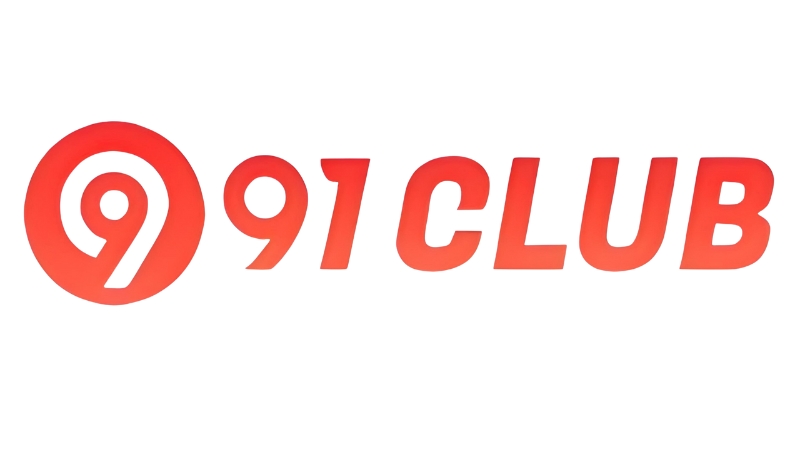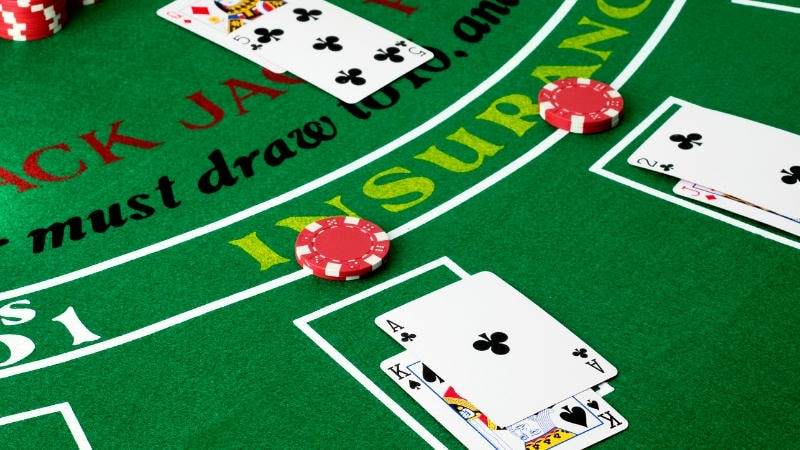Blackjack captivates players with its blend of luck and strategy, sparking curiosity about winning techniques. Among them, card counting stands out as a legendary method to tilt the odds. With platforms like 91 Club offering thrilling blackjack games, many wonder: Is card counting truly effective? This article explores its mechanics, potential edge of 0.5-2%, and real-world challenges to uncover whether it’s a game-changer or just a myth.
Understanding card counting basics
Card counting is a technique used by skilled blackjack players to track the ratio of high to low cards remaining in the deck. By doing so, players can make informed decisions about their bets and actions, potentially increasing their chances of winning.
How card counting works
At its core, card counting involves assigning values to cards as they are dealt. For example, in the popular Hi-Lo system, low cards (2-6) are assigned a value of +1, neutral cards (7-9) are 0, and high cards (10, Jack, Queen, King, Ace) are -1. By keeping a running count, players estimate whether the remaining deck is rich in high cards, which favors the player, or low cards, which benefits the dealer. Studies suggest that a deck rich in high cards can increase a player’s edge by up to 2%.
Why it matters in blackjack
A deck with more high cards increases the likelihood of hitting a blackjack (an Ace and a 10-value card), which pays out at 3:2 or 6:5, depending on the table rules. Additionally, high-card-heavy decks improve the chances of making strong hands, while dealers are more likely to bust. This is where card counting shines, as it allows players to adjust their bets strategically—betting higher when the deck is favorable and lower when it’s not.
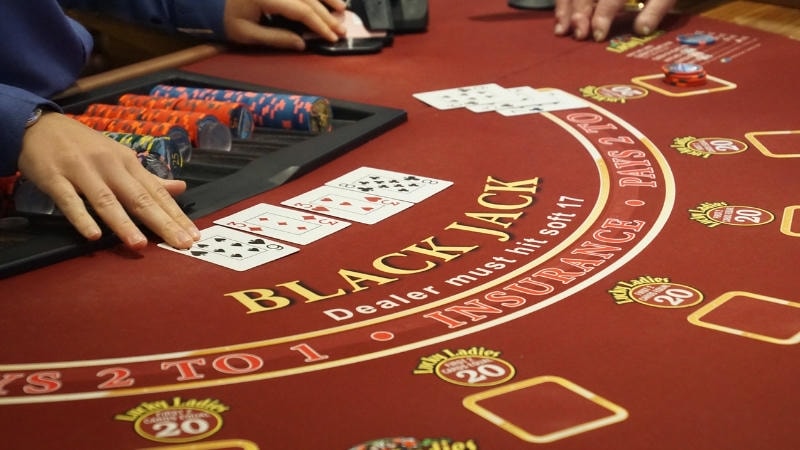
The effectiveness of card counting
Card counting is often portrayed as a surefire way to beat the house, but its effectiveness depends on several factors. While it can provide an edge, it’s not a guaranteed path to riches.
The mathematical advantage
Research indicates that skilled card counters can achieve a player edge of 0.5% to 2% over the casino, depending on the counting system and game conditions. For instance, a $100 bet with a 1% edge translates to an expected return of $1 per hand over time. However, this advantage is statistical and requires thousands of hands to materialize, meaning short-term losses are still possible. Data from blackjack simulations show that even with perfect counting, variance can lead to losing streaks in 30% of sessions.
Limitations in modern casinos
Casinos are well aware of card counting and employ countermeasures to limit its effectiveness. These include using multiple decks (often 6-8), frequent shuffling, and advanced surveillance systems. For example, a 6-deck shoe reduces the effectiveness of card counting by 50% compared to a single-deck game, as the deck composition changes more slowly.
Platforms like 91club, which offer online blackjack, may use random number generators (RNGs) or continuous shuffling machines, further neutralizing card counting’s impact.The mathematical promise of card counting is compelling, but practical challenges can make it harder to execute. Let’s examine these hurdles in detail.
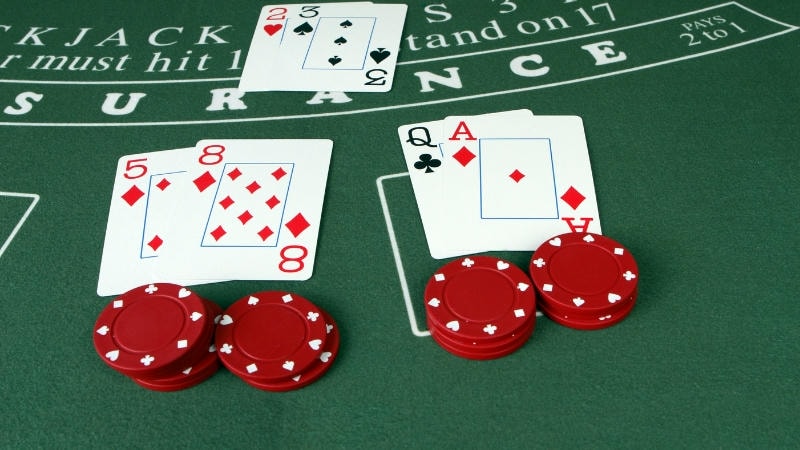
Challenges of card counting in practice
While card counting sounds promising, it’s not without significant obstacles. From mental demands to casino countermeasures, players face a steep learning curve.
Mental and emotional discipline
Card counting requires intense focus and quick mental math under pressure. Players must maintain an accurate count while making strategic decisions and engaging in casual table behavior to avoid detection.
A 2023 study on cognitive load in gambling found that maintaining a running count increases mental fatigue by 40% compared to casual play. Mistakes in counting, even minor ones, can erase the player’s edge entirely. Common blackjack mistakes include losing track of the count during distractions or miscalculating the true count in multi-deck games.
Casino countermeasures and risks
Casinos actively monitor for card counters, using both technology and trained staff. Pit bosses may observe betting patterns, and surveillance systems can flag players who consistently raise bets during favorable counts.
In land-based casinos, counters risk being banned or barred—over 60% of professional counters report being excluded from at least one casino. Online platforms like 91club may limit the effectiveness of counting by using RNGs, which reset the deck after each hand, rendering traditional counting useless.
These challenges highlight that card counting is not a casual strategy. Let’s explore whether it’s worth the effort for the average player.
Is card counting worth it for you?
Deciding whether to pursue card counting depends on your goals, resources, and willingness to navigate its complexities. It’s not a one-size-fits-all strategy.
Who can benefit from card counting?
Card counting is most effective for disciplined players with strong mathematical skills and substantial bankrolls. To withstand variance, experts recommend a bankroll of at least 100-200 times the average bet. For example, a $50 bettor needs $5,000-$10,000 to absorb potential losing streaks.
Professional teams, like the MIT Blackjack Team, famously used card counting to win millions in the 1990s, but their success required extensive training and teamwork. For casual players on platforms like 91club, the time and effort may outweigh the benefits, especially in online environments where counting is less effective.
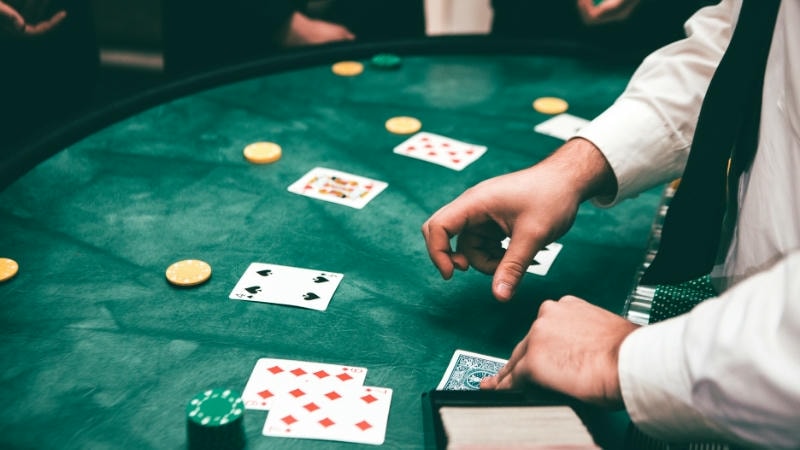
Alternatives to card counting
For those hesitant about card counting, other strategies can improve blackjack outcomes. Basic strategy—following a chart of optimal plays based on your hand and the dealer’s upcard—reduces the house edge to under 0.5% in many games. Additionally, taking advantage of bonuses on platforms like 91club can boost returns without the need for complex techniques. Data shows that players using basic strategy and bonuses can achieve a 98% return-to-player rate in favorable conditions.
The decision to pursue card counting hinges on balancing its potential rewards against its demands. It’s a strategy that requires dedication but can offer a slight edge for those who master it.
Card counting offers a slim but real edge in blackjack, potentially shifting odds by 0.5-2% for skilled players. Yet, its demands—mental focus, discipline, and navigating casino defenses—make it a tough path. On platforms like 91club, where RNGs often neutralize counting, simpler strategies like basic play or bonuses may suffice. For those drawn to its challenge, card counting remains a fascinating, high-stakes pursuit.
